Results
-
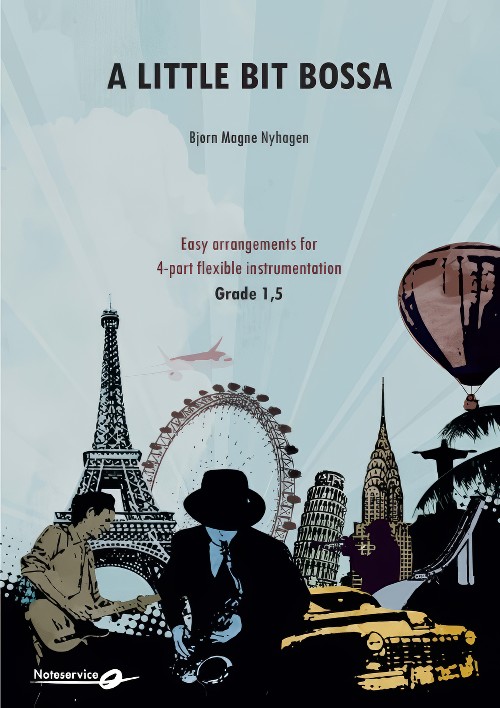 £49.90
£49.90A Little Bit Bossa (Flexible Ensemble - Score and Parts) - Nyhagen, Bjorn Magne
A Little Bit Bossa is, as the title says, a simple bossa nova with its light and characteristic rhythm. Bossa nova is a Brazilian music genre. It is related to samba and has a strong influence from jazz. The genre attracted many famous artists and became widespread through singers and musicians such as Stan Getz and Astrud Gilberto. Today we find a number of bossa nova songs in jazz's standard repertoire. The parts in this piece are written in a way so that also the youngest and least-experienced musicians can play this piece well.Duration: 1.30
Estimated dispatch 7-14 working days
-
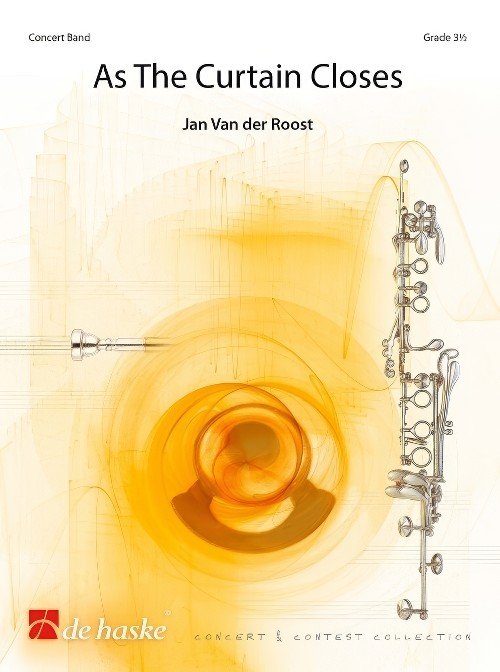 £102.99
£102.99As the Curtain Closes (Concert Band - Score and Parts) - Van der Roost, Jan
As The Curtain Closes is a ceremonious composition that radiates noblesse and pride, and features challenges for all sections. At the beginning, the main theme is introduced by the flute, accompanied by muted percussion. Soon afterwards, the atmosphere becomes more open, and the music develops with growing optimism on the way to a majestic climax, concluding with a radiant final chord.Duration: 6.00
Estimated dispatch 7-14 working days
-
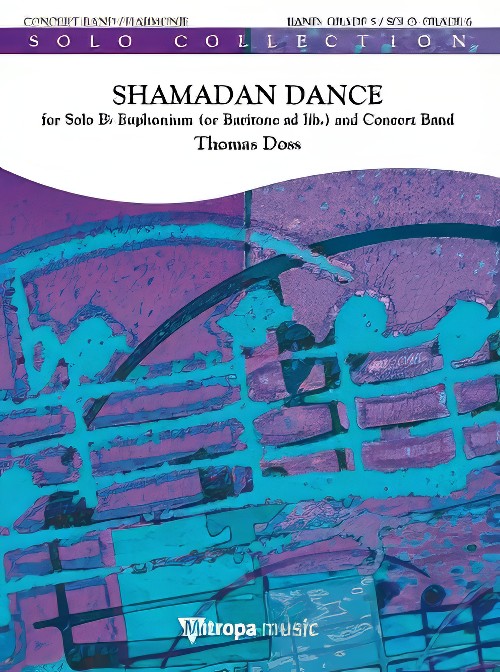 £124.99
£124.99Shamadan Dance (Euphonium Solo with Concert Band - Score and Parts) - Doss, Thomas
The Shamadan is an old oriental folk dance full of symbolism in which a female dancer, often on the occasion of a wedding, balances a candelabra on her head as a token of spiritual light. In this work, the euphonium takes up the role of the dancer. At the very beginning, the soloist already has the opportunity to shine in an unaccompanied recitative. Next, the soloist and band alternate, and in the course of the work the band also plays an important part with various technical highlights. More variation is created with a solo passage accompanied by percussion and hand claps, culminating beautifully in a grand tutti towards the end of the piece. Challenging music with much to enjoy! Duration: 8.30
Estimated dispatch 7-14 working days
-
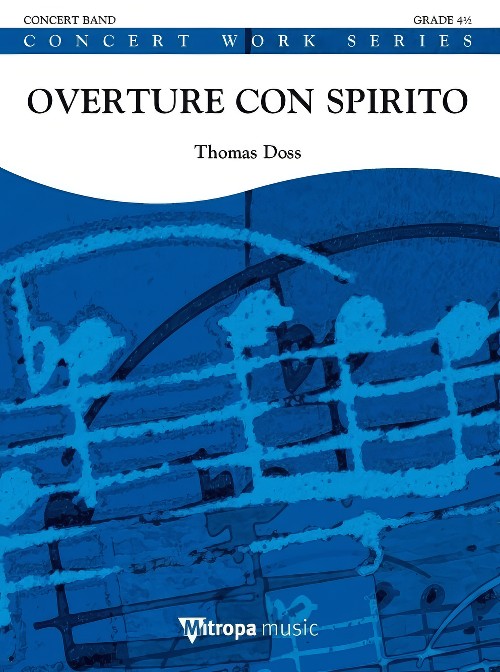 £99.99
£99.99Overture Con Spirito (Concert Band - Score and Parts) - Doss, Thomas
This work was commissioned by the Musikverein Prechtal e. V. (Germany) for its 100th anniversary in the year of 2021. The composition opens with a powerful rhythmic motif, which soon develops into the main theme of this brisk overture. The unwavering, joyful melodies and a positive atmosphere give the work a high-spirited energy. The strong pulse has the music firmly in its grasp and only quietens gradually in a pensive middle movement that seems to emanate from another world. This atmospheric passage can evoke dreamy thoughts and a variety of visions. But then the liveliness of the previous motifs returns, to take us back to the vivacious here and now, full of optimism and determination for the hundred years to come. On to a wonderful future! Duration: 8.45
Estimated dispatch 7-14 working days
-
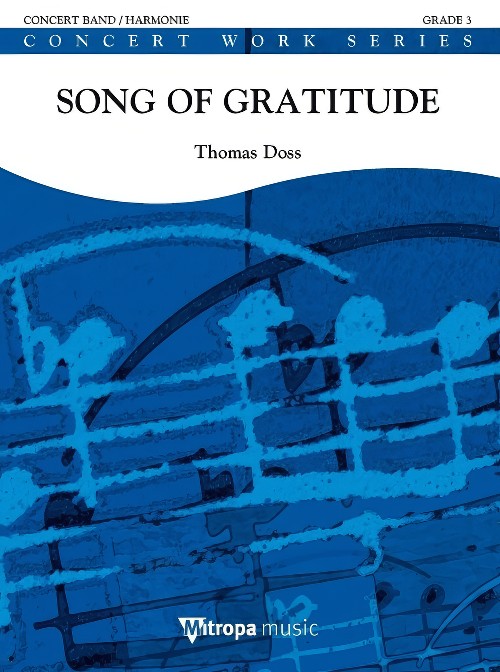 £68.99
£68.99Song of Gratitude (Concert Band - Score and Parts) - Doss, Thomas
Song of Gratitude was written for an old friend. Many friendships that start off at a young age last for life and thus form a sort of connecting thread throughout one's existence. In this particular work, this notion is mirrored in a short motif that expands more and more and becomes more passionate until it finally settles down in a thankful closing passage. Duration: 4.00
Estimated dispatch 7-14 working days
-
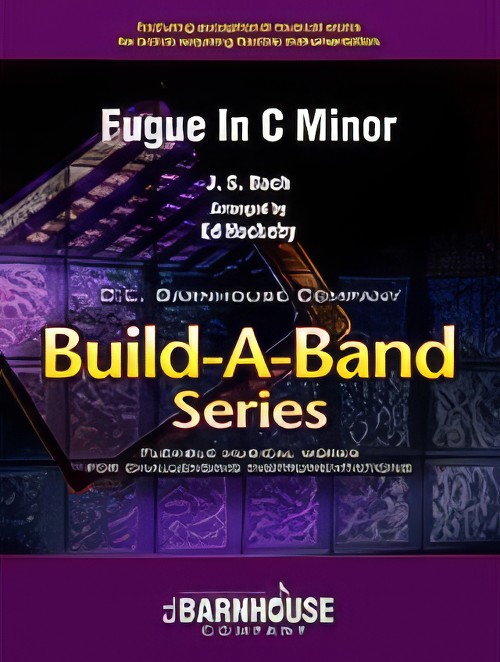 £65.00
£65.00Fugue in C Minor (Flexible Ensemble - Score and Parts) - Bach, Johann Sebastian - Huckeby, Ed
This classic Bach fugue is ideal for bands of all sizes and skills, but especially adapted for those with limited instrumentation desiring to challenge their developing musicians. It is also appropriate for very small ensembles, having been carefully crafted by the arranger to work well with as few as five performers. The required independence of parts provides opportunities for developing technical and musical skills while also presenting the option for performance of a masterwork from the Baroque era. The final product will be well worth the effort in developing and enhancing the overall musicianship of your performers. Great music!Duration: 2.00
Estimated dispatch 7-14 working days
-
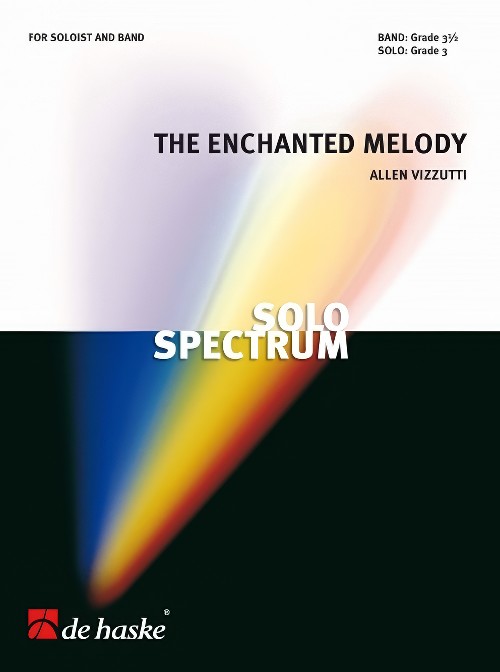 £69.99
£69.99The Enchanted Melody (Flexible Solo with Concert Band - Score and Parts) - Vizzutti, Allen
Solo parts available in C, Bb, Eb and F.The Enchanted Melody was written for young instrumental soloists. It is carefully orchestrated with beauty and colour in mind. All of the parts are important and fun to play. The piece is designed to offer varied musical elements on which ensembles can work to attain higher skill levels without being overly technical or difficult. The solo part will offer some challenge without advanced demands regarding range, technique or endurance. The flowing melody lines and beautiful harmonies will be most pleasing and bring a smile.
Estimated dispatch 7-14 working days
-
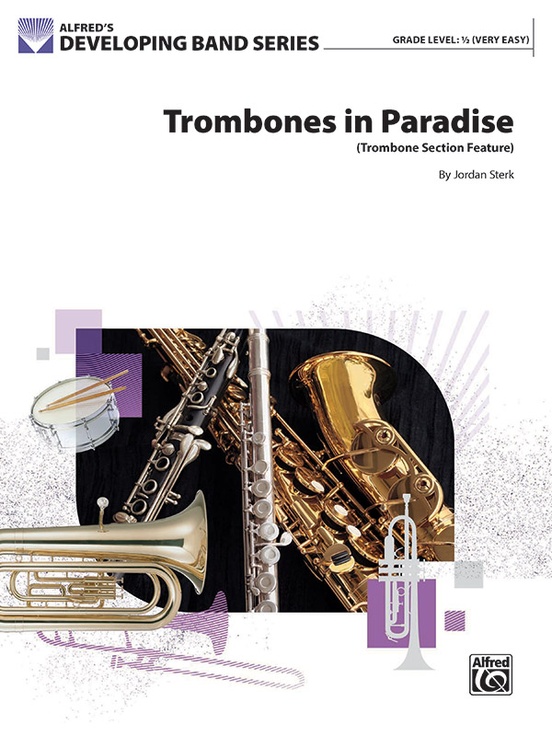 £50.50
£50.50Trombones in Paradise (Trombone Section Feature with Concert Band - Score and Parts) - Sterk, Jordan
Trombones in Paradise by Jordan Sterk will give your trombone section an opportunity to shine in this bright and fun feature piece. Using only the first six notes of the B-flat concert scale and only "natural" glissandos for the trombones, this piece is sure to come together quickly and be enjoyed by your young students. Your entire band will love learning one of their first syncopated rhythms based around the 3-2 son clave, a staple rhythm of Afro-Cuban and Latin music. Less common young band Latin percussion instruments such as maracas and claves provide additional parts for your percussionists and add an authentic flair to the music. Duration: 1.45
Estimated dispatch 7-14 working days
-
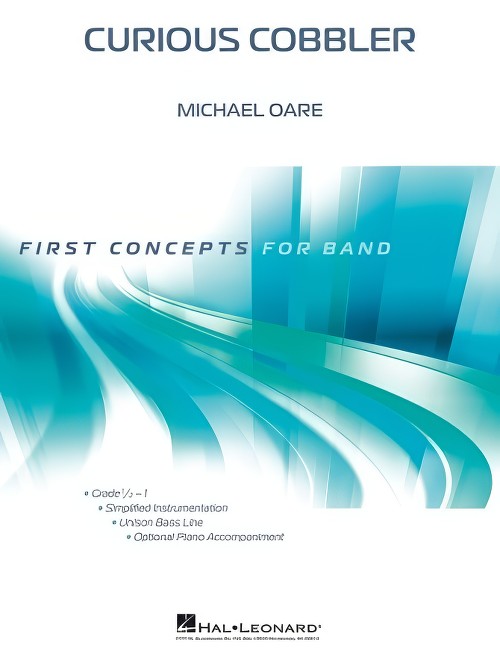 £42.50
£42.50Curious Cobbler (Concert Band - Score and Parts) - Oare, Michael
Imagine a slightly confused cobbler and his workshop of curious tools and gadgets. Michael Oare's descriptive and clever work for beginning bands features a tuneful melody and special effects in the percussion section.
Estimated dispatch 7-14 working days
-
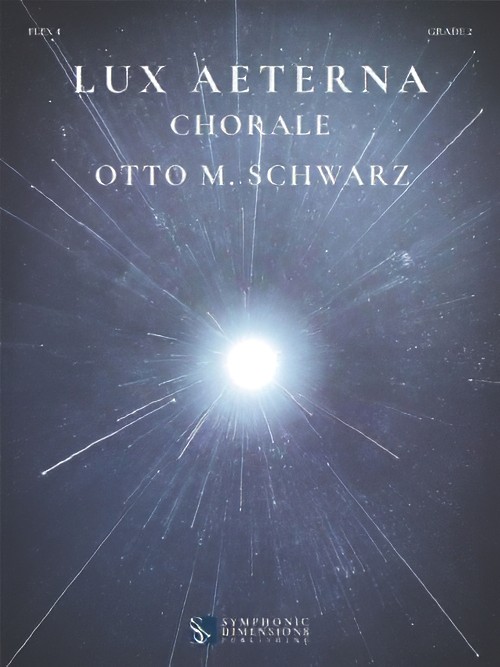 £60.99
£60.99Lux Aeterna (Flexible Ensemble - Score and Parts) - Schwarz, Otto M.
Otto M. Schwarz was asked by a friend to compose a chorale for the funeral of his child. Lux Aeterna (The Eternal Light) is actually part of the requiem mass, but in this composition, there is no reference to the original Latin text. People who recount near-death experiences often report a bright light. The music moves back and forth between passages that are sad, optimistic, and imploring in nature, posing questions that cannot be answered. The end of the piece comes, however, with a conciliatory major chord that reflects the calm and warmth of this light that promises redemption.Duration: 3.45
Estimated dispatch 7-14 working days
